
Adult Fluid Balance Chart for Wellington Hospital
Fluid management is crucial in inpatient medical settings, where each patient presents unique and individual requirements. Although there is no universal, one-size-fits-all formula or strict guidelines for fluid management, replenishing lost fluids when a deficit is detected is a fundamental principle applicable to all patients. Depending on the patient's medical conditions, these losses can.

Fluid balance charts Nursing
Background. The hospital nursing metrics highlighted that fluid balance chart documentation was sub-optimal on all wards outside of ICU [].This was also noted in the 2015 CQC report stating that the quality of fluid balance recording varied throughout the hospital [].Reid (2004) reported the main reasons for fluid balance charts being poorly completed as staff shortages, lack of time and.

ns.2016.e10432_0005.jpg
This systematic review aimed to investigate and describe the quality of fluid balance monitoring in medical, surgical and intensive care units, with an emphasis on the completeness of charting data, calculation errors and accuracy, and to evaluate methods used to improve fluid balance charting. Materials and methods

ns.2016.e10432_0004.jpg
The Fluid Balance Chart provides a summary of patient's daily intake and output mainly for viewing purposes only. Blood and Blood Products, Intermittent and bolus Intravenous Therapy and Enteral Feeds are the only exceptions that get documented directly into the Fluid Balance Chart.
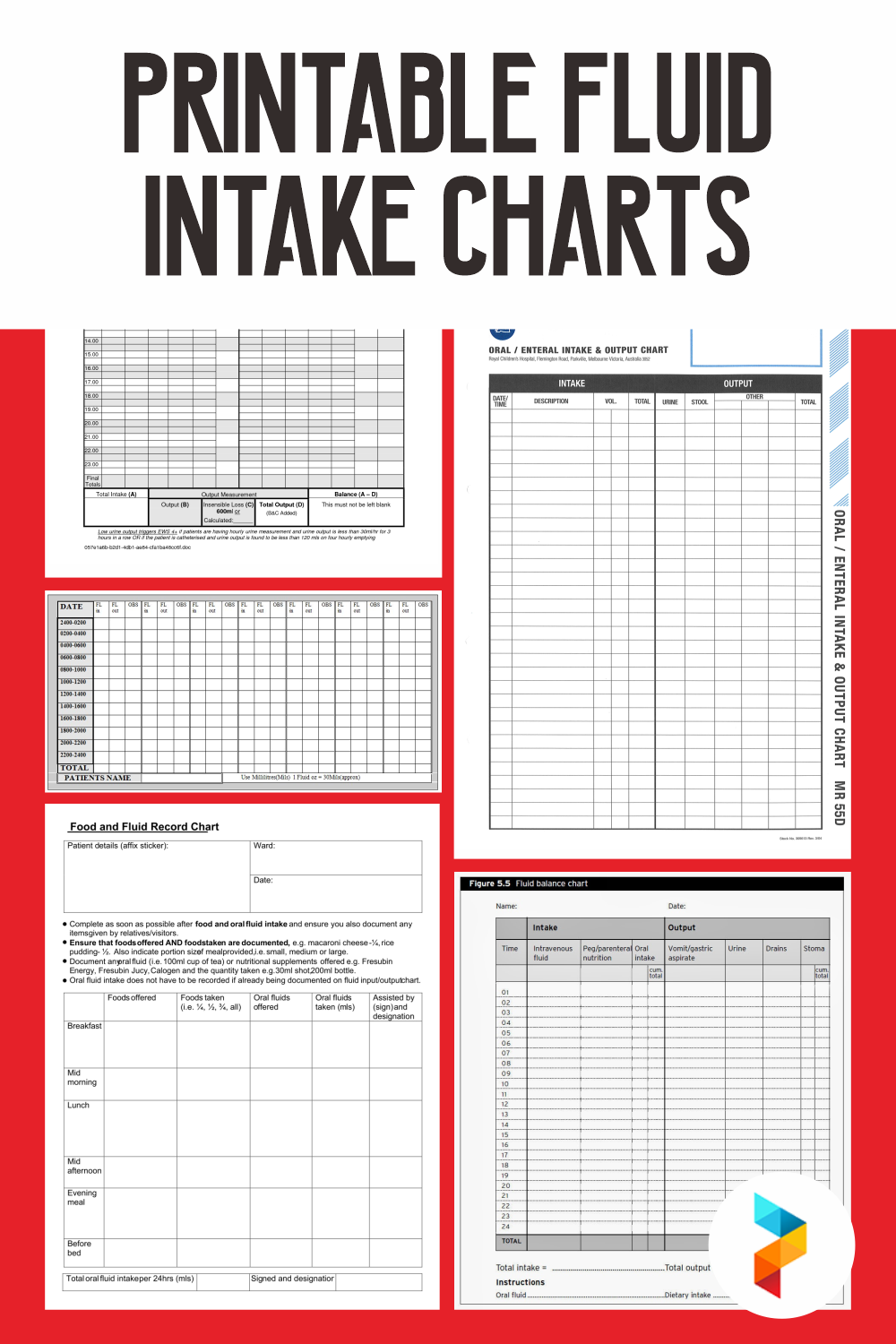
10 Best Printable Fluid Intake Charts PDF for Free at Printablee
Hypervolaemia refers to an excess of fluid in the body. Colloquially it is often referred to as fluid overload. Hypervolaemia is common in the elderly and those with renal or cardiac failure. It can be caused by excessive fluid intake or inappropriate fluid retention (e.g. heart failure, renal failure).
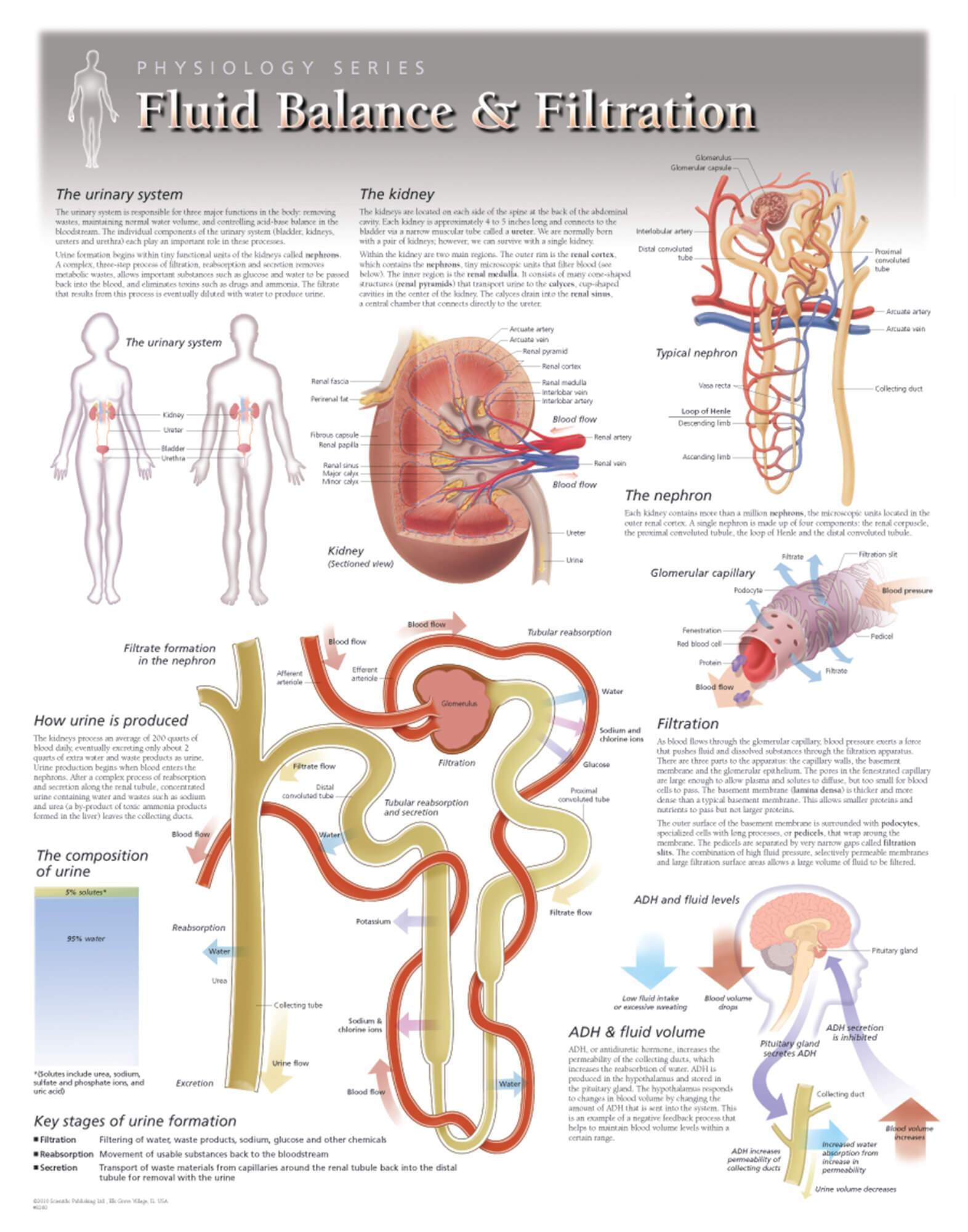
Fluid Balance Scientific Publishing
Indications for commencing a Fluid balance chart. 2.4.1. Fluid balance charts must be completed for the following patients unless a decision has been made otherwise by a medical practitioner or a senior registered nurse. • NEWS score >3 and/or risk of level 2 or 3 care. • Patients with sepsis.

printable fluid intake charts template for use Fluid, Nursing school notes, Chart
Fluid balance, also known as fluid homeostasis, describes the balancing of the body's fluid input and output levels to prevent the fluid concentration from changing.

Fluid balance [35]. This figure shows the sites involved in fluid loss. Download Scientific
An accurate fluid balance chart is important as it allows medical teams to monitor patient input and output. Fluid balance charts are of particular importance when a patient is on intravenous (IV) fluids and it is a key recommendation in National Institute for Health and Care Excellence (NICE) guidelines that patients have regular monitoring of.
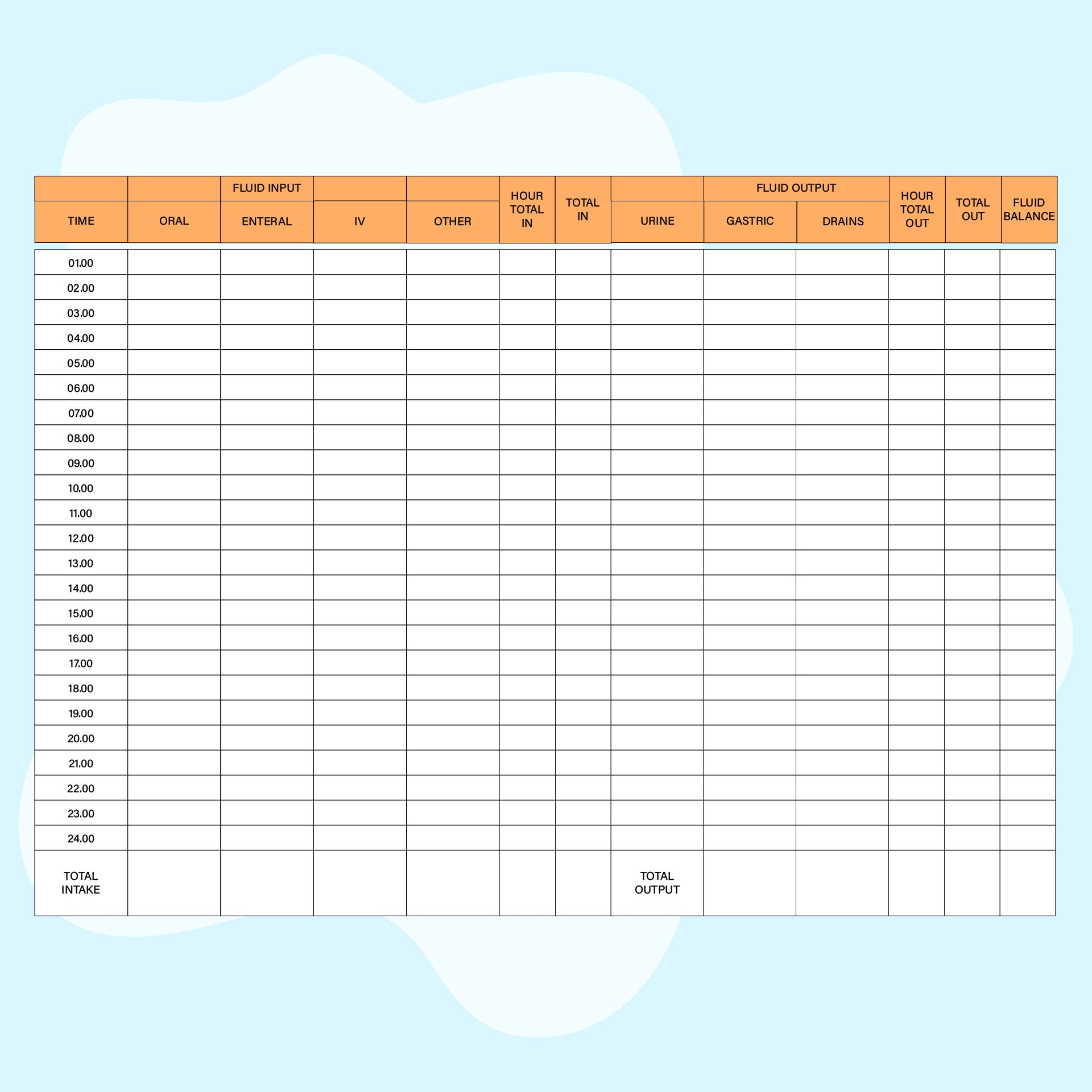
8 Best Images of Printable Fluid Intake Charts Fluid Intake and Output Chart, Printable Daily
Fluid balance charts are of particular importance when a patient is on intravenous (IV) fluids and it is a key recommendation in National Institute for Health and Care Excellence (NICE) guidelines that patients have regular monitoring of fluid balance over each 24-hour period. 1 As well as those patients on intravenous fluids, monitoring fluid b.
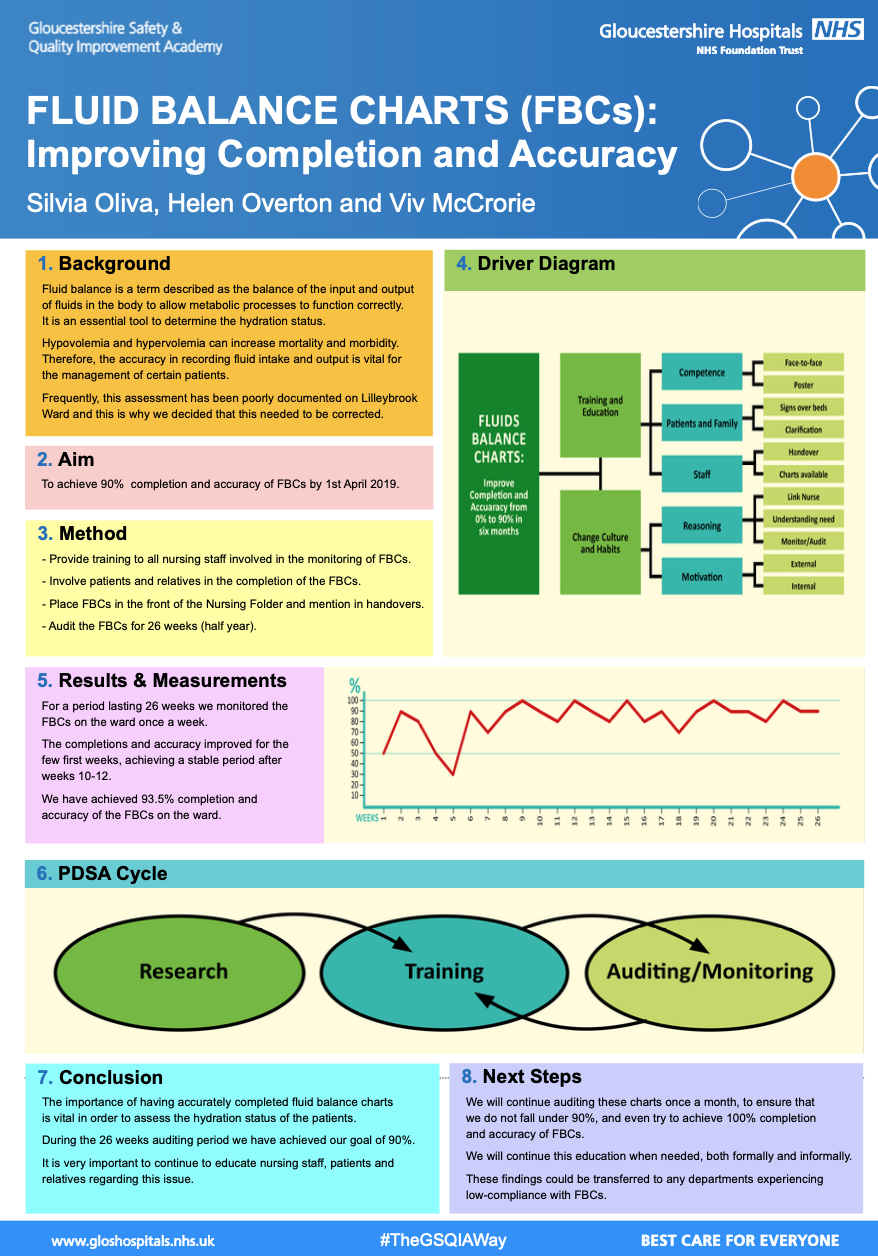
GHFT Fluid Balance Charts Improving Completion and Accuracy Fab NHS Stuff
Abstract Shepherd A (2011) Measuring and managing fluid balance. Nursing Times; 107: 28, early online publication. Ensuring patients are adequately
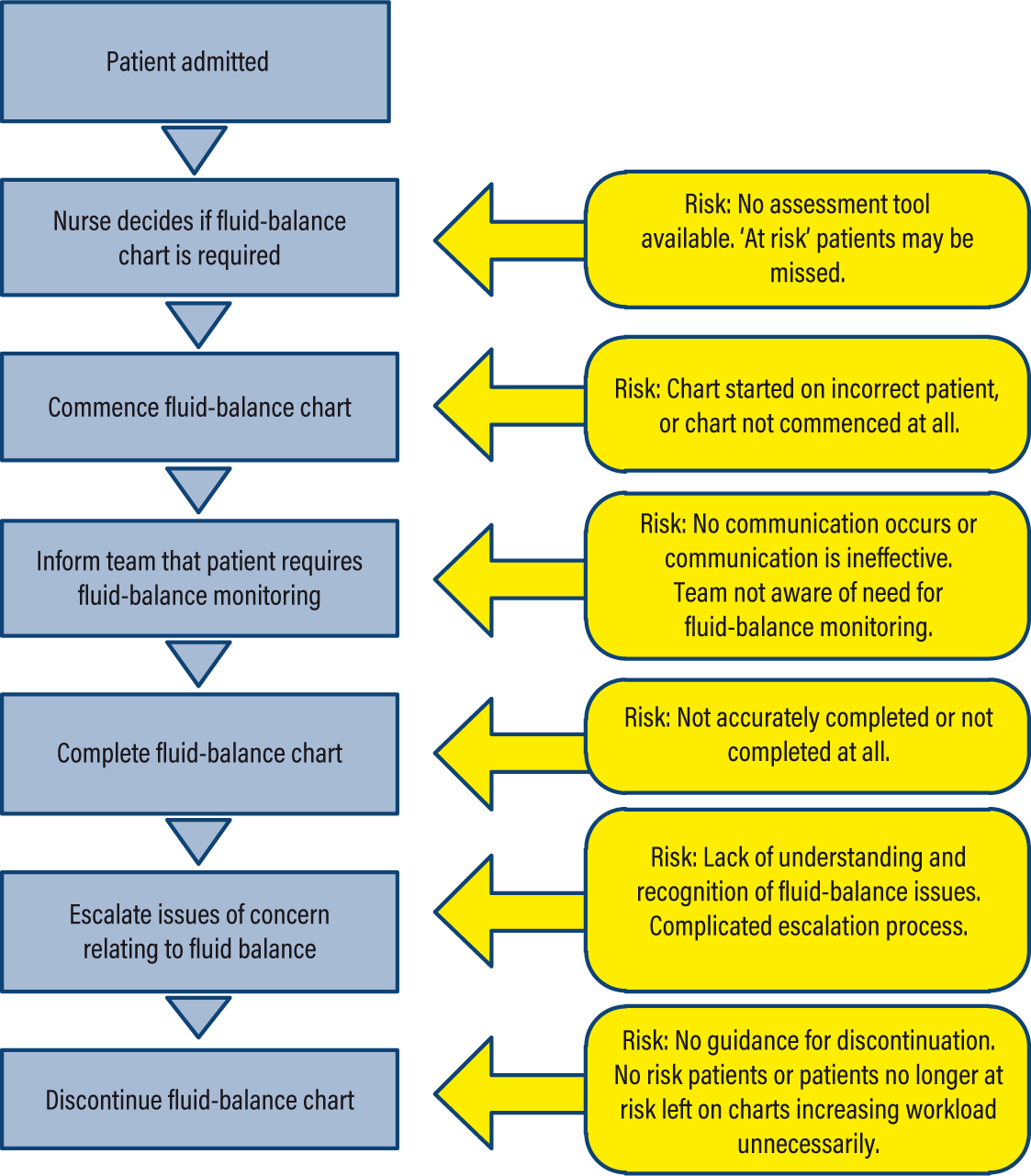
ns.2016.e10432_0001.jpg
monitoring and recording of vital signs and fluid balance charts. 5. Starting a Fluid Balance Chart Fluid balance charts must be completed for the following patients unless a decision has been made otherwise by a medical practitioner or a registered nurse. The variance must be documented in the patient's healthcare record.
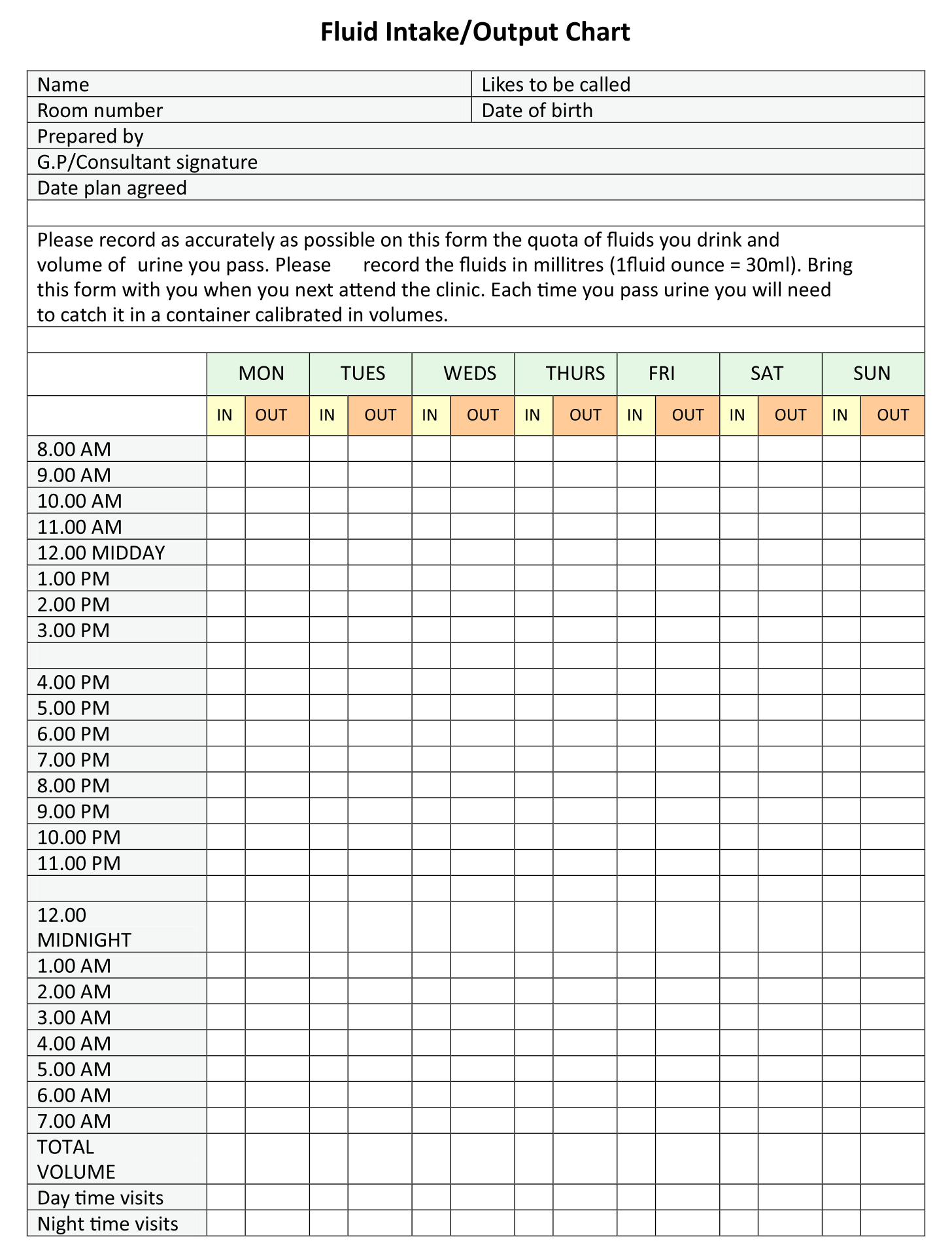
10 Best Printable Fluid Intake Charts PDF for Free at Printablee
Reviewing fluid balance charts is a simple and effective method of assessing and monitoring the hydration status of patients. Several articles report that these charts are often either inaccurately or incompletely filled thereby limiting their usefulness in clinical practice.
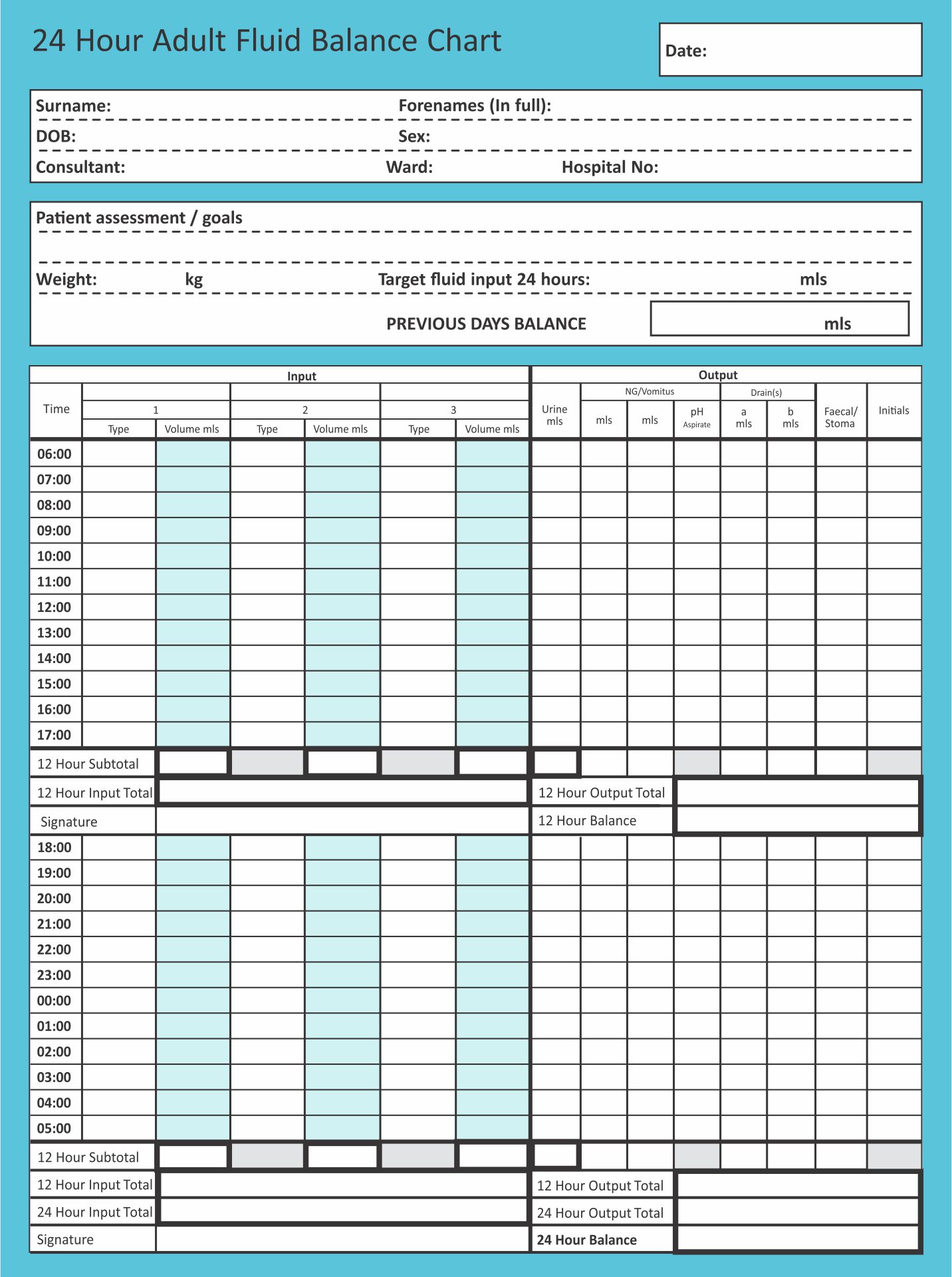
10 Best Printable Fluid Intake Charts PDF for Free at Printablee
Effectiveness of daily fluid balance charting in comparison to the measurement of body weight when used in guiding fluid therapy for critically ill adult patients: a systematic review protocol : JBI Evidence Synthesis You may be trying to access this site from a secured browser on the server. Please enable scripts and reload this page. Log in or
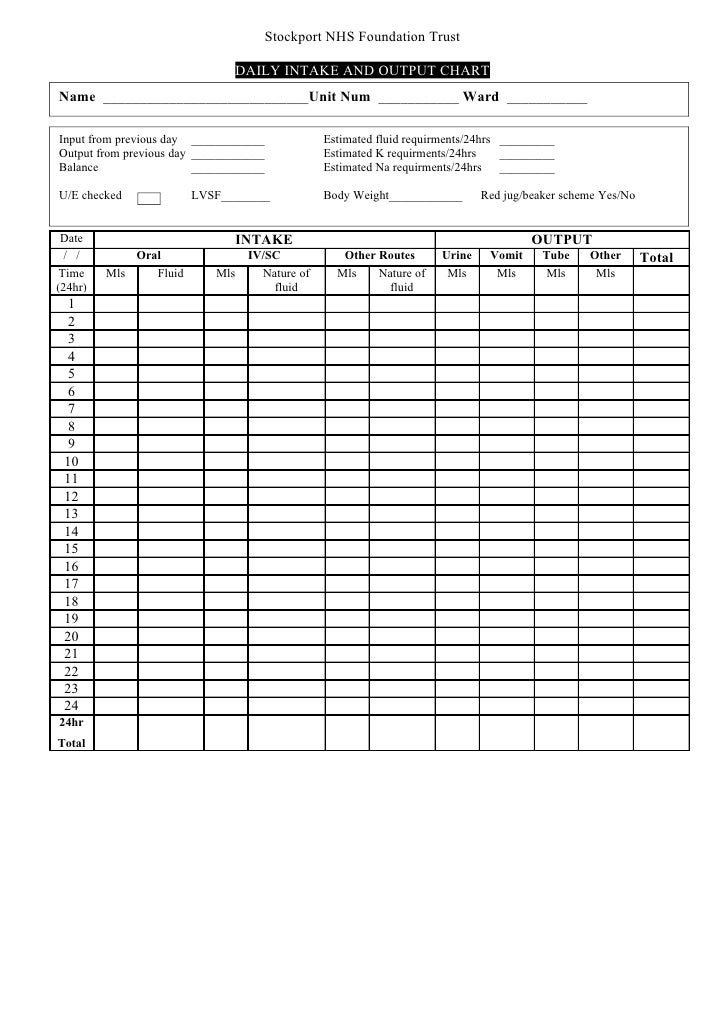
Big hip fracture fluid balance
fluid balance charts; and review of blood chemistry5 Fluid balance recording is often inadequate or inaccurate often because of staff shortages, lack of training or lack of time balance, including what fluid balance is, and how and why it is measured. It also dis-cusses the importance of measuring fluid balance accurately, and the health implica-
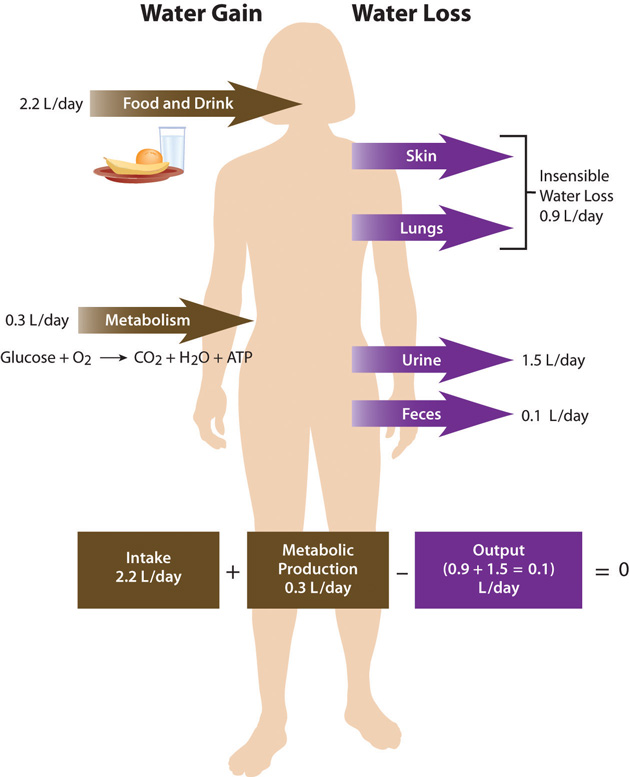
7.4 Regulation of Water Balance Medicine LibreTexts
This systematic review aimed to investigate and describe the quality of fluid balance monitoring in medical, surgical and intensive care units, with an emphasis on the completeness of charting data, calculation errors and accuracy, and to evaluate methods used to improve fluid balance charting.

Fluid Balance Charts Nursing UK YouTube
The regulation of body fluid balance is a key concern in health and disease and comprises three concepts. The first concept pertains to the relationship between total body water (TBW) and total effective solute and is expressed in terms of the tonicity of the body fluids.